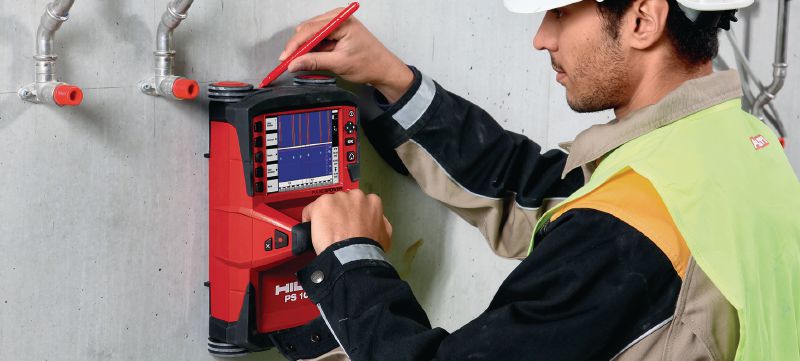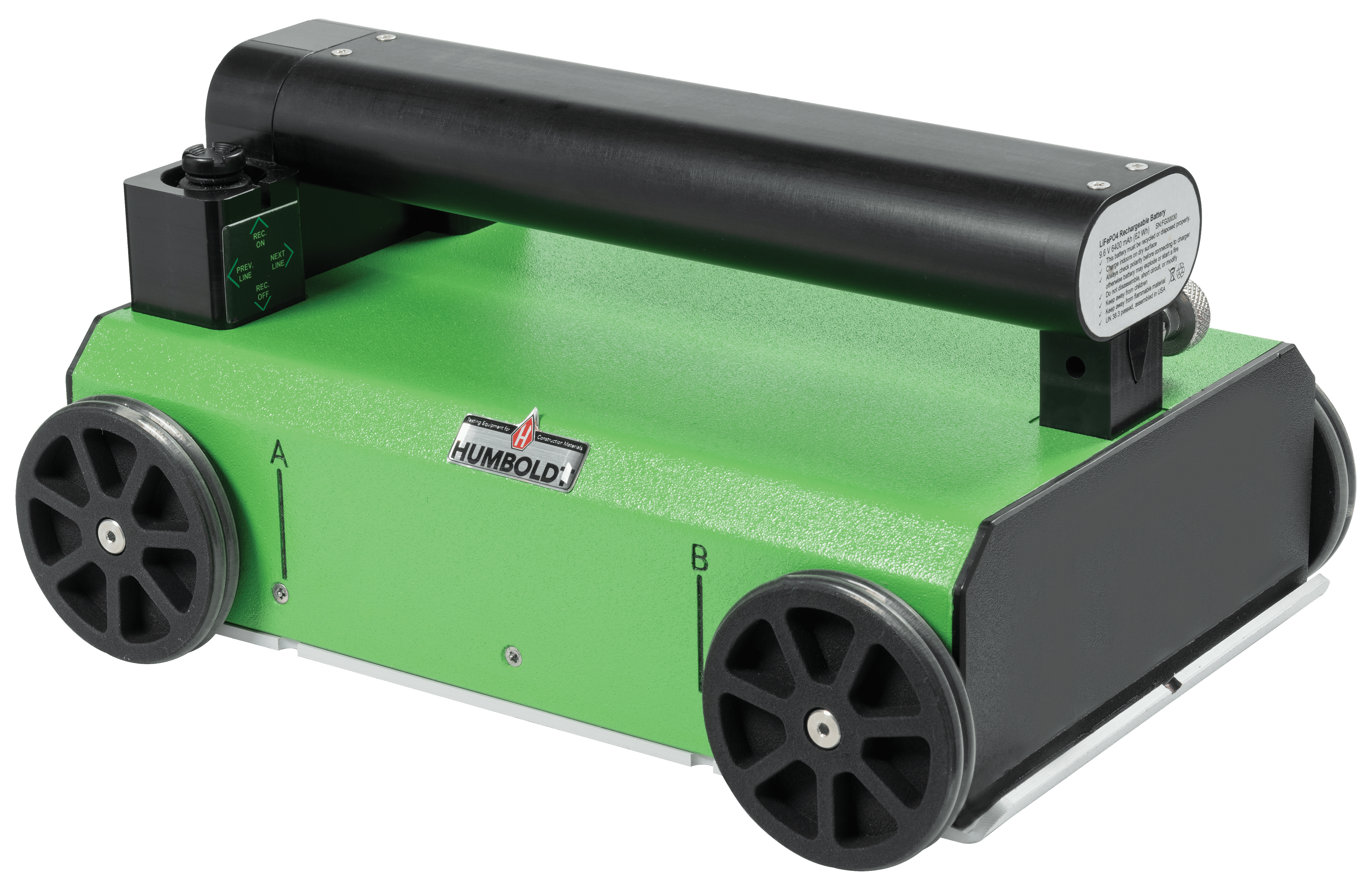RainierGPR Service Areas: Comprehensive Coverage for Concrete Scanning
RainierGPR Service Areas: Comprehensive Coverage for Concrete Scanning
Blog Article
Concrete Scanning: A Critical Action Towards Making Certain Structural Honesty and Safety And Security
In the world of construction and infrastructure upkeep, the relevance of concrete scanning can not be overstated. This meticulous procedure holds the crucial to unveiling possible dangers hidden under the surface of seemingly strong structures. By using sophisticated technology and methods, concrete scanning functions as a crucial tool in ensuring that the stability and safety of bridges and buildings are promoted to the greatest standards. Nevertheless, beyond its surface-level ramifications, the role of concrete scanning prolongs much deeper than fulfills the eye.
Importance of Concrete Scanning
Concrete scanning plays a critical role in making sure the architectural integrity and safety of structures and framework projects. By utilizing sophisticated modern technologies such as ground-penetrating radar (GPR) and electro-magnetic induction, professionals can non-destructively examine concrete frameworks to identify potential problems, spaces, embedded items, and support format. This procedure makes it possible for early detection of anomalies that could jeopardize the stability of a framework, stopping pricey problems and making certain the safety of residents.
Prior to boring, cutting, or coring right into concrete, scanning helps recognize the exact locations of rebar, post-tension wires, and other embedded components, decreasing the risk of unintended hits that could lead to architectural weaknesses. In addition, concrete scanning aids in top quality control by confirming the density of concrete covers and finding any disparities that may impact the overall toughness of the structure.
Innovation for Concrete Inspection

Advantages of Early Discovery
Prompt discovery of architectural concerns can substantially reduce risks and ensure the durability of construction tasks. By determining possible issues early on in the building process, stakeholders can take proactive actions to deal with problems before they intensify right into larger and a lot more costly problems. One of the vital benefits of very early detection is the prevention of architectural failures, which can pose significant safety threats and result in job from this source delays and financial losses.
In addition, very early detection enables timely repair work and upkeep, which can assist expand the lifespan of the structure. By dealing with problems without delay, construction groups can avoid costly fixings or perhaps the demand for premature substitute of architectural parts. This aggressive strategy not just saves time and cash but additionally improves the general safety and longevity of the construction project.
In addition, very early discovery can enhance job preparation and decision-making by supplying stakeholders with beneficial understandings into the problem of the framework. Armed with this details, job managers can make informed choices regarding construction techniques, materials, and timelines, leading to much more reliable and effective task outcomes.
Making Sure Structural Security
Ensuring the architectural security of a building and construction task is paramount to its safety and security and durability. Concrete scanning plays a vital role in making certain architectural security by detecting possible issues such as gaps, delamination, or support rust that can jeopardize the integrity of the framework over time.
By using innovative scanning technologies like ground-penetrating radar (GPR) and electromagnetic induction, building and construction experts can non-invasively evaluate concrete structures to identify locations of concern beneath the surface. This proactive method permits the very early detection of flaws or weaknesses, allowing prompt fixings or reinforcement to stop architectural failures.
Routine concrete scanning throughout different building and construction phases and throughout the life process of a framework can aid maintain its security, reduce threats, and make sure the safety of owners. By focusing on architectural stability via concrete scanning, construction jobs can improve their strength and durability, inevitably adding to better safety and security and long life.
Stopping Important Failings
To click for more protect against disastrous events, meticulous surveillance and positive maintenance are critical in averting important failings within architectural frameworks. Spotting prospective issues prior to they rise is vital to avoiding structural failings. Executing routine inspections, such as concrete scanning, can disclose covert flaws like spaces, cracks, or corrosion that could compromise the integrity of a framework. By utilizing sophisticated scanning technologies like Ground Permeating Radar (GPR) or Concrete X-ray, designers can non-destructively analyze the problem of concrete and recognize powerlessness that require support or repair work - RainierGPR Service Areas.

Final Thought
In final thought, concrete scanning plays an important function in making sure structural integrity and safety by making use of innovative modern technology for very early detection of prospective issues. Get the facts This proactive strategy assists prevent essential failures and ensures the stability of frameworks. It is vital to focus on concrete inspection as a typical practice to secure the long life and security of buildings and framework.
Concrete scanning plays a vital function in ensuring the architectural integrity and safety and security of structures and infrastructure tasks. Additionally, concrete scanning help in high quality control by validating the thickness of concrete covers and detecting any kind of discrepancies that might affect the total sturdiness of the framework. Concrete scanning plays an important role in ensuring architectural stability by finding potential problems such as voids, delamination, or reinforcement deterioration that could jeopardize the honesty of the structure over time.

In verdict, concrete scanning plays an important duty in making certain architectural stability and safety by utilizing innovative modern technology for very early detection of potential concerns.
Report this page